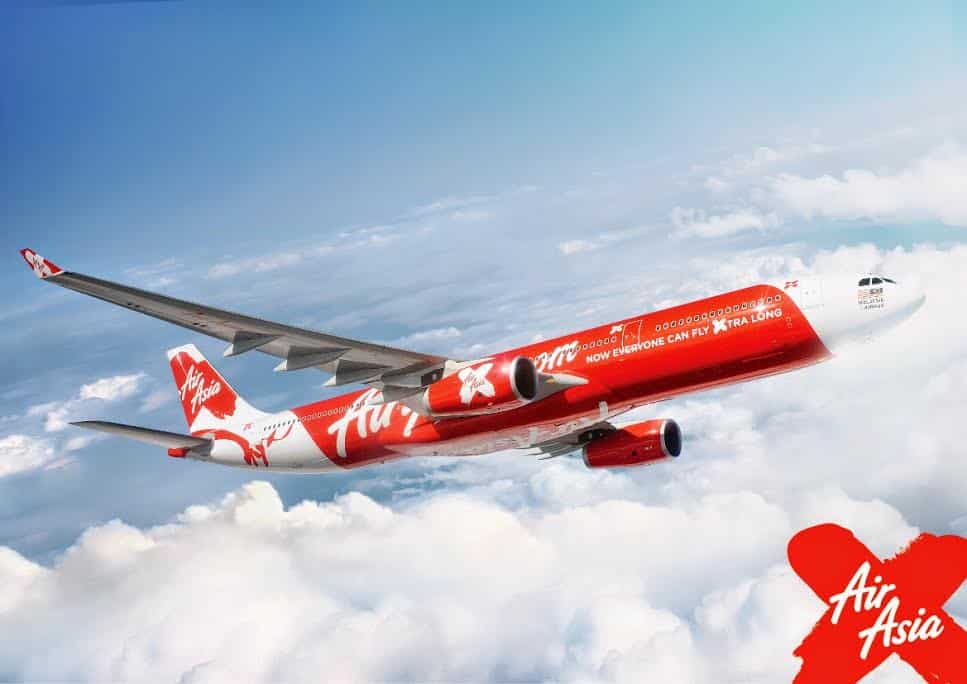Aerospace
These are the top 10 Low cost airlines in the world for 2022

The well-known airline survey website airlineratining.com has announced the world’s best airlines today. After COVID’s first airline survey, the company made an important announcement in which it analyzed the various factors of the airline that have led to them holding the best position in the world due to their innovative products, passenger services, connecting routes, and, most importantly, safety factors.
Top 10 international airports in the world for 2022(Opens in a new browser tab)
Because of the significant public interest in low-cost travel, AirlineRatings.com, the world’s only safety, product, and COVID rating website, has identified the top ten low-cost airlines for 2022 from among the almost 400 airlines it ranks.
Top Ten Low-Cost Airlines are the top ten LCCs according to AirlineRatings for 2022.
- Allegiant Air,
- AirAsia,
- EasyJet,
- Jetstar,
- Flair,
- Fly Dubai,
- Ryanair,
- Scoot,
- Southwest, and
- VietJet Air
Airlineratings.com “Each of these airlines has a solid safety record and has made a huge difference in their individual markets,” stated Editor-in-Chief Geoffrey Thomas.
China’s top 3 airlines will purchase nearly 300 Airbus A320neo aircraft.(Opens in a new browser tab)
“From Southwest Airlines, which pioneered the low-cost revolution in the 1970s, to Flair, which redefines the low-cost offering, each airline has made a significant contribution to the affordability of travel.”
“In Europe, it’s Easyjet and Ryanair, in Asia/Pacific, it’s AirAsia, Jetstar, and Scoot, and in the Americas, it’s Flair, Frontier, and Spirit, in addition to Southwest.” “They’re all standouts.”
All of the airlines picked have either a track record of good safety and incident management or have completed the International Air Transport Association Operational Safety Audit (IOSA).

Aerospace
Boeing Transfers Rocket Stage to NASA, Paving Way for Human Moon Mission

Boeing has achieved a significant milestone by providing NASA with the second core stage of the Space Launch System (SLS) rocket.
This crucial component, crafted at NASA’s Michoud Assembly Facility (MAF), is set to propel the Artemis II crew into lunar orbit, marking humanity’s return to deep space after a 50-year hiatus.
The monumental Boeing-built rocket stage, the largest element of the Artemis II mission, will embark on a journey aboard the Pegasus barge, traveling 900 miles to NASA’s Kennedy Space Center.
Comparison of two legendary aircraft B777x vs B747 aircraft:Click here
Upon arrival, it will be meticulously integrated with other essential Artemis II components, including the upper stage, solid rocket boosters, and NASA’s Orion spacecraft within the iconic Vehicle Assembly Building. This intricate integration process is a vital step toward the eagerly anticipated Artemis II launch, slated for 2025.
“Boeing-built products helped land humankind on the moon in 1969, and we’re proud to continue that legacy through the Artemis generation,” remarked Dave Dutcher, vice president and program manager for Boeing’s SLS program. “Together, with NASA and our industry partners and suppliers, we are building the world’s most capable rocket and paving the way to deep space through America’s rocket factory in New Orleans.”
NASA, Lockheed Martin Reveal X-59 Quiet Supersonic Aircraft:Click here
The delivery of Core Stage 2 marks a significant achievement in the evolution of the SLS rocket. Towering over 200 feet and powered by four RS-25 engines, this core stage, coupled with two solid-fueled booster rockets, will generate a staggering 8.8 million pounds of thrust. This immense power is crucial to launching Artemis II and future missions into the vast expanse of space.
The SLS rocket stands unparalleled in its capability to transport both crew and substantial cargo to the moon and beyond in a single launch. Its extraordinary capacity will facilitate the delivery of human-rated spacecraft, habitats, and scientific missions to destinations including the moon and Mars, ushering in a new era of space exploration.
-

 Travel1 week ago
Travel1 week agoAir India to Expand US Operations with Three New Routes After a Decade
-

 Travel2 weeks ago
Travel2 weeks agoWhy We Should Avoid These Stamps in a Passport
-

 Airlines1 month ago
Airlines1 month agoInvestigations Reveal Fake Chinese Titanium in Boeing and Airbus Jets
-

 Tech4 weeks ago
Tech4 weeks agoChina’s CATL Plans 1,800-Mile Electric Plane Launch by 2027
-

 Airport3 days ago
Airport3 days agoTop 10 Largest Airports in the World by Size
-

 Aerospace4 weeks ago
Aerospace4 weeks agoChina’s Fighter Jets Turn Wings into Autonomous Drones
-

 Airlines4 days ago
Airlines4 days agoAir India Rolls Out A350s for Delhi-New York JFK and Newark Routes
-

 Defence3 weeks ago
Defence3 weeks agoBoeing Enhances Chinook with New Engines and Block II Upgrades at $96 Million







